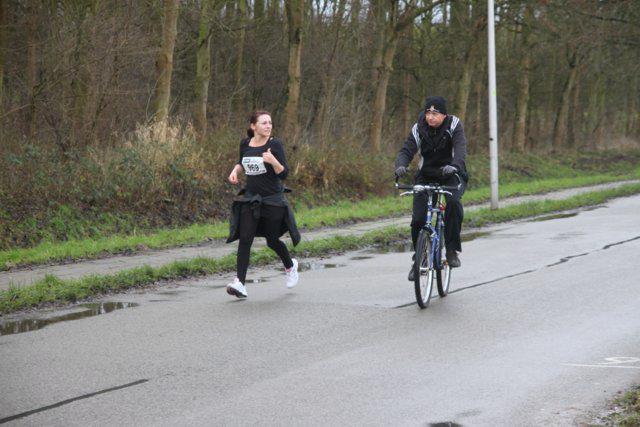Instructions:
Complete this element for all vulnerable users. NOTE: “Presence” is not the same as an activity associated with the person or item. Vulnerable user needs to be engaged in some activity associated with the thing that is causing a distraction. Just having a mobile phone, sandwich, other vulnerable user, etc., nearby isn’t a distraction. The distraction is when the vulnerable user‘s attention is diverted from the task of navigating in public to using the phone, eating the sandwich, turning to talk to another vulnerable user, etc. The source of the distraction doesn’t have to be a contributing factor in the crash, but it does have to be in use, engaged, the person was doing it at the time, etc., for it to have been a distraction.
Definition:
Distractions that may have influenced the vulnerable user’s performance.
Rationale:
This data element is important to identify behavioral concerns, inform law enforcement activities and legislative actions, and evaluate traffic safety countermeasure programs.
FAQ
What if ‘walking, running, or cycling’ and ‘entering or crossing location’ both apply?
‘Entering or crossing location’ takes precedent because this value helps to illustrate the scenario.
Accuracy Checks
- If this field is completed, confirm the vulnerable user check box is also indicated.
Other Related Fields
Vulnerable User Condition; Vulnerable User Indicator; Vulnerable User Location; Vulnerable User Type



